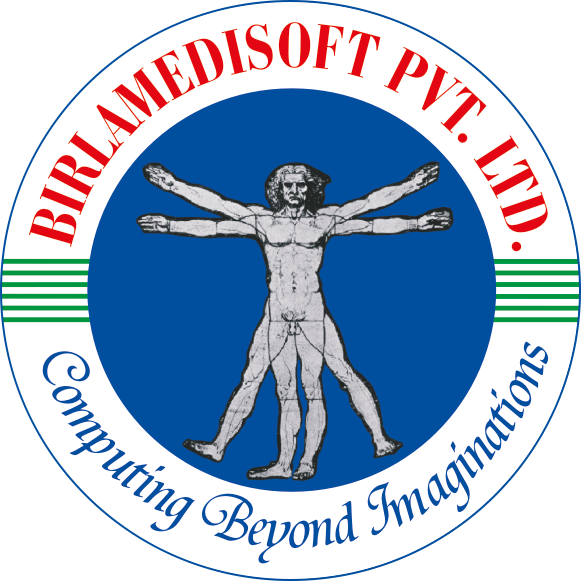

Lab Analyzers Interfacing
In today’s fast-paced world, efficiency and accuracy are crucial in every aspect of our lives, and laboratory operations are no exception. Laboratories play a vital role in various industries, including healthcare, pharmaceuticals, environmental sciences, and more. To ensure smooth functioning and maximize productivity, it is essential to adopt advanced technologies that simplify processes and eliminate manual errors. One such technology that has revolutionized the laboratory landscape is Lab Analyzer Integration.
Traditionally, laboratory data transfer has been a time-consuming and error-prone process. Laboratory technicians are required to manually record data from various lab analyzers, such as Hematology, Biochemistry, Urine, Elisa analyzers etc., into spreadsheets or paper-based systems before transferring it to the LIMS software. This manual data transfer is not only labor-intensive but also leaves room for potential errors and inconsistencies. Moreover, the delay in data transfer hampers real-time decision-making and slows down overall laboratory operations.
Birlamedisoft PathoGold, Maxim LIS LIMS software are fully equipped with analyzer interfacing. We have connectivity with all types of analyzers available in the market today.

Lab Analyzer Integration offers a game-changing solution to the challenges associated with manual data transfer in laboratories. By integrating lab analyzers directly with the PathoGold/Maxim LIMS software, it enables automatic and real-time data transfer, eliminating the need for manual intervention. This integration streamlines the entire data transfer process, saving time, reducing errors, and enhancing overall laboratory productivity.
The key benefits of Lab Analyzer Integration such as:
- Time and Labor Savings
- Increased Accuracy and Data Integrity
- Real-time Data Availability
Our Lab Analyzer Integration Solutions offer:
- Compatibility: Our Lab Analyzer Integration solution is compatible with your existing lab analyzers. We have all supported communication protocols, data formats, and any specific requirements of your laboratory instruments.
- Scalability: Our Lab Analyzer Integration solution is scalable to accommodate future growth and changes in your laboratory setup. It handles increasing data volumes and supports additional lab analyzers if required.
- Customization and Flexibility: Our Lab Analyzer Integration solution offers customization options to tailor the data transfer process according to your laboratory’s specific needs. The solution allows for flexibility in defining data formats, transformations, validation rules, and data transfer triggers.
- Security and Compliance: Our Lab Analyzer Integration solution is compliant with all standards. Data security and compliance are critical in laboratory operations, especially when dealing with sensitive or regulated data. Our solution adheres to industry-standard security protocols and complies with relevant regulatory requirements, such as HIPAA & GDPR.
- Technical Support and Maintenance: We offer the highest level of technical support and maintenance provided by us. We offer timely assistance for any technical issues or updates, as well as regular maintenance to keep the integration running smoothly.
List of Instruments We Can Interface
(Connect Lab Instrument in a Unidirectional (UD) or Bidirectional (BD) way to capture values directly into LIMS software)

Lab Instrument Interfacing Systems are a way of connecting any type of Lab Analyzer to LIMS software. Interfacing is done in 2 ways.
1) Unidirectional Interfacing. In unidirectional interfacing, data flows from Analyzer to the software in one direction only. Thus, it is called Unidirectional Interfacing. In UD (Unidirectional) interfacing, multiple barcoded vials are not read by the analyzer automatically. It can read only one barcode at a time. Every analyzer can be done with UD interfacing.
2) Bidirectional Interfacing. In Bidirectional interfacing, data flows from Both sides. The analyzer reads the barcoded vial and sends a signal to the LIMS software to understand which tests to run. The LIMS software sends signals back to the analyzer about tests to be performed. Once tests are completed, the analyzer sends the results back to LIMS software automatically. This process is called Bidirectional Interfacing. In BD (Bidirectional) interfacing, multiple barcoded vials are read by the analyzer automatically. Few analyzers which can read multiple barcodes (Multiple Vials loading in a chamber) can be done with BD interfacing.


